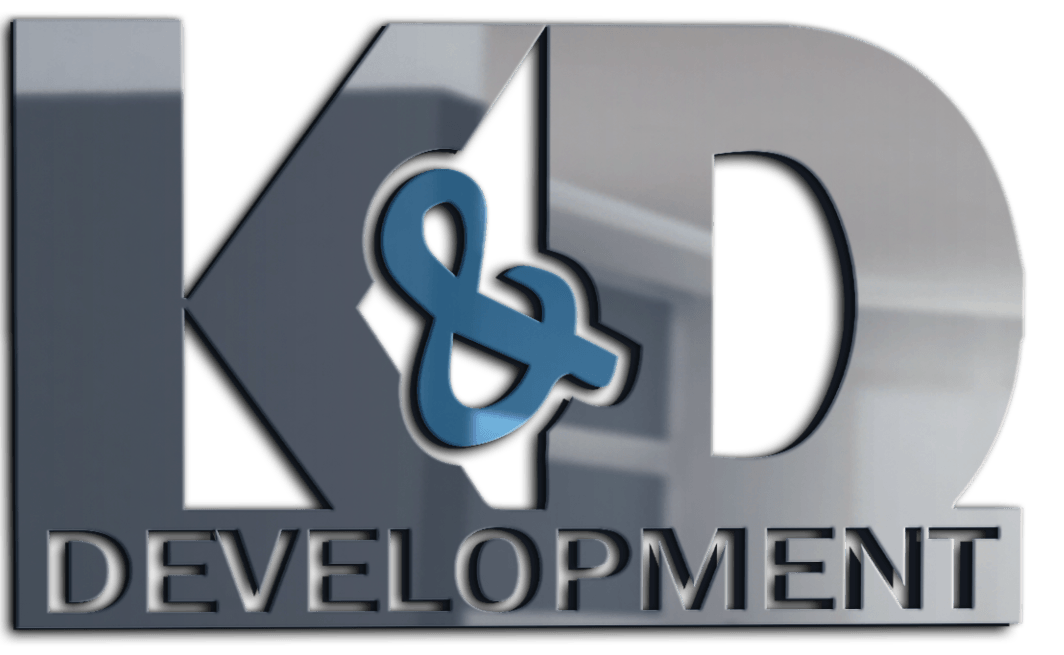What Is Class A and B Fire? | Fire Damage Explained by K&D Development
If you've ever looked at a fire extinguisher or reviewed fire safety protocols, you’ve probably come across the terms Class A and Class B fires. But what do these classes mean—and how do they impact how a fire is extinguished or how fire damage is restored?
Class A and B fires are categories used to define the source and nature of a fire, helping determine the safest and most effective method to extinguish it.
At K&D Development, we specialize in fire damage restoration for homes and commercial properties. Understanding the fire class is critical—not just for emergency response, but also for proper cleanup, insurance claims, and rebuilding. Let’s take a closer look.
What Is a Class A Fire?
A Class A fire involves ordinary combustible materials—the kind of materials you’d commonly find in any home or business. These fires are typically the easiest to extinguish and are often caused by carelessness, open flames, or faulty electrical equipment that ignites nearby flammable materials.
Examples of Class A fire sources include:
- Wood
- Paper
- Fabric
- Trash
- Dry leaves or brush
- Plastics
Extinguishing Method:
- Water-based extinguishers (such as the common red fire extinguisher) are effective against Class A fires.
- Water cools the burning material, removing heat from the fire triangle (heat, fuel, oxygen).
What Is a Class B Fire?
A Class B fire involves flammable or combustible liquids and gases. These fires are more volatile and can quickly spread if not properly contained. They are especially dangerous in garages, kitchens, workshops, or commercial facilities that store fuel, oil, or chemicals.
Examples of Class B fire sources include:
- Gasoline
- Diesel fuel
- Paint
- Solvents
- Propane
- Cooking oils (Note: some kitchen fires are considered Class K, not B)
Extinguishing Method:
- Do NOT use water—this can spread the fire.
- Use foam, CO₂, or dry chemical extinguishers specifically labeled for Class B use.
- These extinguishers smother the fire and cut off oxygen or interrupt the chemical reaction.
Why Knowing the Fire Class Matters
When a fire breaks out, the wrong response can make the situation worse. Knowing whether you're dealing with a Class A or Class B fire helps you choose the right extinguisher and prevent injuries, damage, or property loss.
For example:
- Throwing water on a grease fire (Class B or K) can cause a dangerous flare-up.
- Using a dry chemical extinguisher on a paper fire (Class A) is effective—but may create unnecessary residue cleanup indoors.
Fire departments, safety inspectors, and restoration contractors like K&D Development rely on this classification system to guide cleanup and reconstruction strategies after a fire.
What Kind of Damage Do Class A and B Fires Cause?
Class A fires often lead to:
- Burned walls, ceilings, and surfaces
- Smoke damage in furniture and fabrics
- Structural charring in wood framing
- Water damage from fire suppression
Class B fires tend to cause:
- Black soot and toxic residue on surfaces
- Stubborn smoke odor that penetrates HVAC systems
- Chemical contamination or hazardous material exposure
- Greater risk of explosion or flashback
Class B fires typically require specialized cleaning and safety protocols. It’s crucial to involve licensed fire restoration experts—like the team at K&D Development.
How K&D Development Handles Fire Damage Restoration
Whether you’ve experienced a Class A or Class B fire, the damage doesn’t stop once the flames are out. That’s where we come in.
At K&D Development, we offer full-service fire damage restoration, including:
- 24/7 emergency board-up and site stabilization
- Fire debris removal and hazardous cleanup
- Structural assessments and rebuilds
- Smoke odor neutralization and air purification
- Help navigating insurance claims and approvals
We don’t just restore homes—we rebuild lives. Our team is licensed, local, and experienced in handling every kind of fire-related scenario, from small kitchen mishaps to total property loss.
Fire Safety Tips for Homeowners and Property Managers
To reduce your risk of Class A or B fires, here are a few proactive steps:
- Install and test smoke detectors on every floor
- Keep fire extinguishers in the kitchen, garage, and utility rooms
- Store flammable liquids in approved containers, away from heat sources
- Never leave open flames, space heaters, or stoves unattended
- Have your HVAC and electrical systems inspected annually
Prevention is always cheaper than restoration.
Need Help After a Fire?
If you’ve experienced fire damage and aren’t sure what to do next, K&D Development is here to help. We’re your local fire restoration specialists—ready to respond fast and restore everything you’ve built.
Let us take the stress out of the recovery process. We’ll handle the cleanup, the insurance, and the rebuild—so you can move forward with confidence.
K&D Development – Fire Damage Restoration You Can Trust.
Want to learn more check out this article on:
What is considered structural fire?

